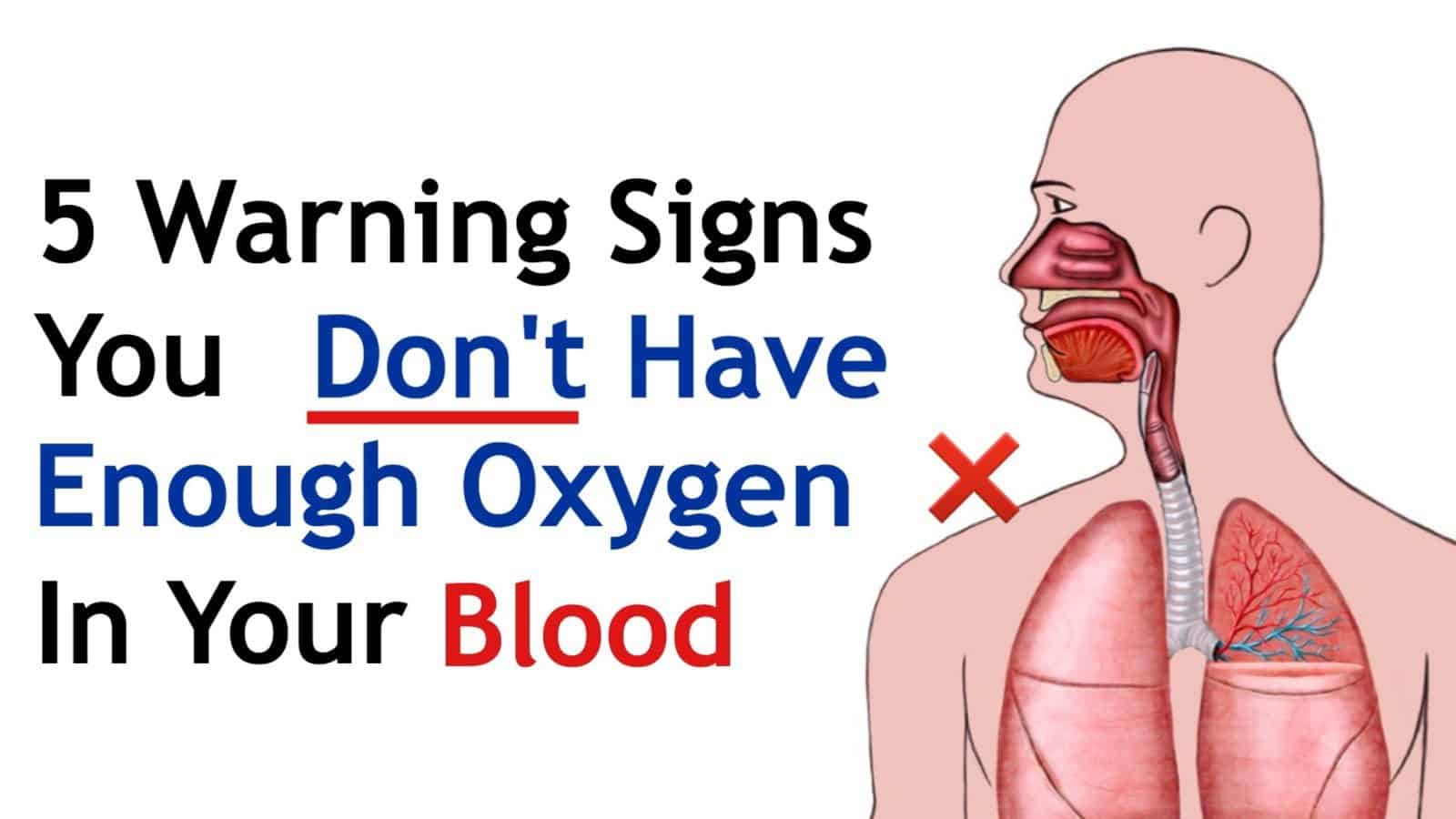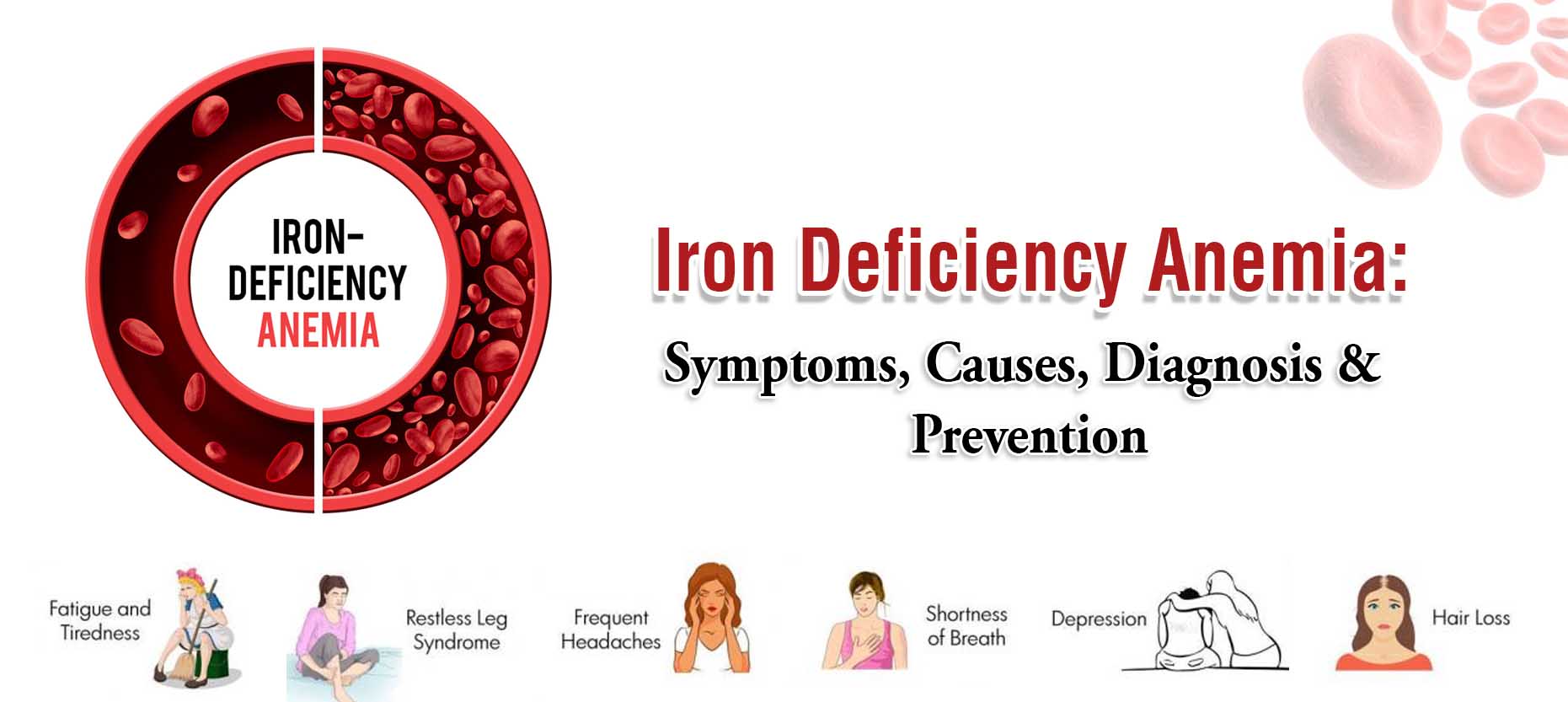Table of Content
- How To Increase Oxygen Levels In The Human Body
- Symptoms of Low Blood Oxygen Levels-
- What to do if you experience low oxygen levels
- Why Are Blood Oxygen Levels Important?
- Causes for Low Oxygen Levels (and How to Improve It)
- Hypoxemia in newborns
- The Causes and Complications of Respiratory Desaturation (Low Blood Oxygen)
There are two common tests used by doctors to measure the oxygen level in your blood. Having just the right amount of oxygen in your blood is important. Too little oxygen and too much oxygen are both harmful to your health. Therefore, your body controls and regulates the amount of oxygen in your blood at all times.

Slow, deep breathing may assist in increasing the amount of oxygen in your blood. If you are not breathing properly, the transfer or supply of oxygen to your vital organs may be insufficient, resulting in abnormal body functions. A pulse oximeter emits light that passes through your fingernail, skin, tissue, and blood to a sensor on the other side. The device measures how much light passed through without being absorbed by tissue and blood.
How To Increase Oxygen Levels In The Human Body
There’s blood flow to the lungs, but not enough oxygen (decreased V/Q ratio). The most common cause of emphysema is long-term exposure to harmful gases, most often cigarette smoke. In fact, it’s estimated that 80 to 90 percent of people with COPD smoke cigarettes. When this gas exchange is affected in some way, it can lead to hypoxemia.
Many of the chemical-filled candles and various other incense type products actually contain carcinogens. Instead it is better to burn all-natural beeswax candles as then you’ll have better luck breathing in oxygen. Welcome to Nature Sutra the home to Authentic and Purest Ayurvedic herbs and supplements. Nature Sutra is a nutraceuticals company with a Singular Vison to – source and supply the premium quality herbal supplements at their natural potency.
Symptoms of Low Blood Oxygen Levels-
The respiration process begins when oxygen enters the lungs. When you breathe mindfully and more efficiently, your cells receive more oxygen, resulting in more energy and increased metabolism . Your body uses the oxygen in your blood to digest food and break it down into carbon dioxide and water, resulting in the release of energy needed for daily activities. Your brain requires a steady supply of oxygen to function correctly. When the brain does not get enough oxygen in the blood, it cannot send the proper signals for the body to function correctly. Research has shown that getting plenty of fresh air can completely widen and cleanse the airways of the lungs by removing airborne toxins from your body .

However, when looking to increase oxygen intake, the first step is improving low blood oxygen levels. The device is attached to the end of the finger, and the light beams that emit from the device measure blood oxygen levels based on the absorption. Second, you can take blood from an artery and perform a laboratory procedure called Arterial Blood Gas to determine the blood oxygen levels. If your blood oxygen level reads low, your doctor may put you on supplemental oxygen. This therapy provides you with higher amounts of oxygen than are in normal room air, and it can help raise your blood oxygen level.
What to do if you experience low oxygen levels
These may be needed continuously or only with exertion depending on the severity of the disease. Depending on the cause, you may require treatment once or on an ongoing basis. Your doctor will work with you to manage the condition so you can live an active, healthy life. Untreated hypoxemia can lead to hypoxia (low oxygen levels in your body’s tissues and organs). If you are diagnosed with hypoxia, hospitalization is often required for treatment.
Wearing nail polish, external light in the room, temperature and other variables can all affect the test results. Also, if you smoke, the presence of other gases in your blood can greatly reduce the accuracy of pulse oximeter test results. Because your arteries are deeper than your veins, drawing blood for an ABG test can cause discomfort.
Why Are Blood Oxygen Levels Important?
While one person may only have difficulty breathing during exercise, someone with a severe respiratory disease might show mild symptoms or none at all. It is important to talk with your practitioner to determine whether your oxygen levels are too low and require treatment. Respiratory desaturation is when your blood oxygen levels drop below a normal range. Many conditions can cause your blood oxygen levels to drop. Some of these conditions can be easily managed and others are life-threatening.
The latter is easier , but the former is slightly more accurate. Smoking greatly affects the health of your lungs and can lead to several medical conditions that cause hypoxia. There are several different types of hypoxemia and many different conditions can cause it. Hypoxemia can sometimes occur in newborns with congenital heart defects or disease. In fact, measuring the levels of oxygen in the blood is used to screen infants for congenital heart defects. Another value reported by the ABG test is oxygen saturation.
Any condition that disrupts your body’s ability to deliver adequate oxygen to your blood can cause respiratory desaturation. This can vary from mild to life-threatening depending on how low your levels drop. The oximeter then measures how much light is reflected off the hemoglobin molecules in your blood. Oxygen is essential to life, and our bodies need a certain amount of oxygen to function properly.
Even the healthiest people can benefit from improving air circulation and removing pollutants from the air at home. Depending on your needs and goals, you can increase your home’s oxygen levels by bringing in plants and other natural elements and improving ventilation in your home. For specific physical ailments, your doctor can prescribe the use of special medical equipment. Hypoxemia can be a life-threatening condition, but it’s treatable with prompt medical attention. It can also happen intermittently without obvious symptoms — for instance overnight, if you have sleep apnea.
If you’ve had a blood draw, you may experience some bruising and/or soreness at the site of the needle injection. Your provider may recommend that you avoid lifting heavy objects for 24 hours after the blood draw. They’ll then insert a small needle into your artery to take a blood sample.

Over time, COPD can lead to hypoxia, a condition marked by low oxygen levels. For example, hypoxia can happen in the absence of hypoxemia if blood flow to an organ or tissue is disrupted. In this case, the blood may have normal levels of oxygen, but it can’t reach the affected area. This type of hypoxemia typically occurs at higher altitudes.






















